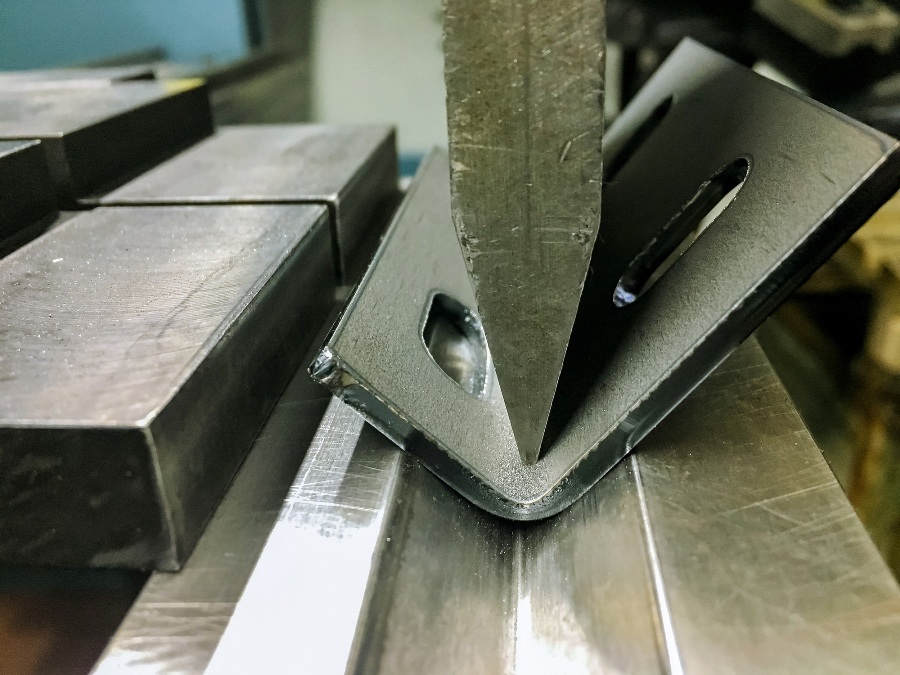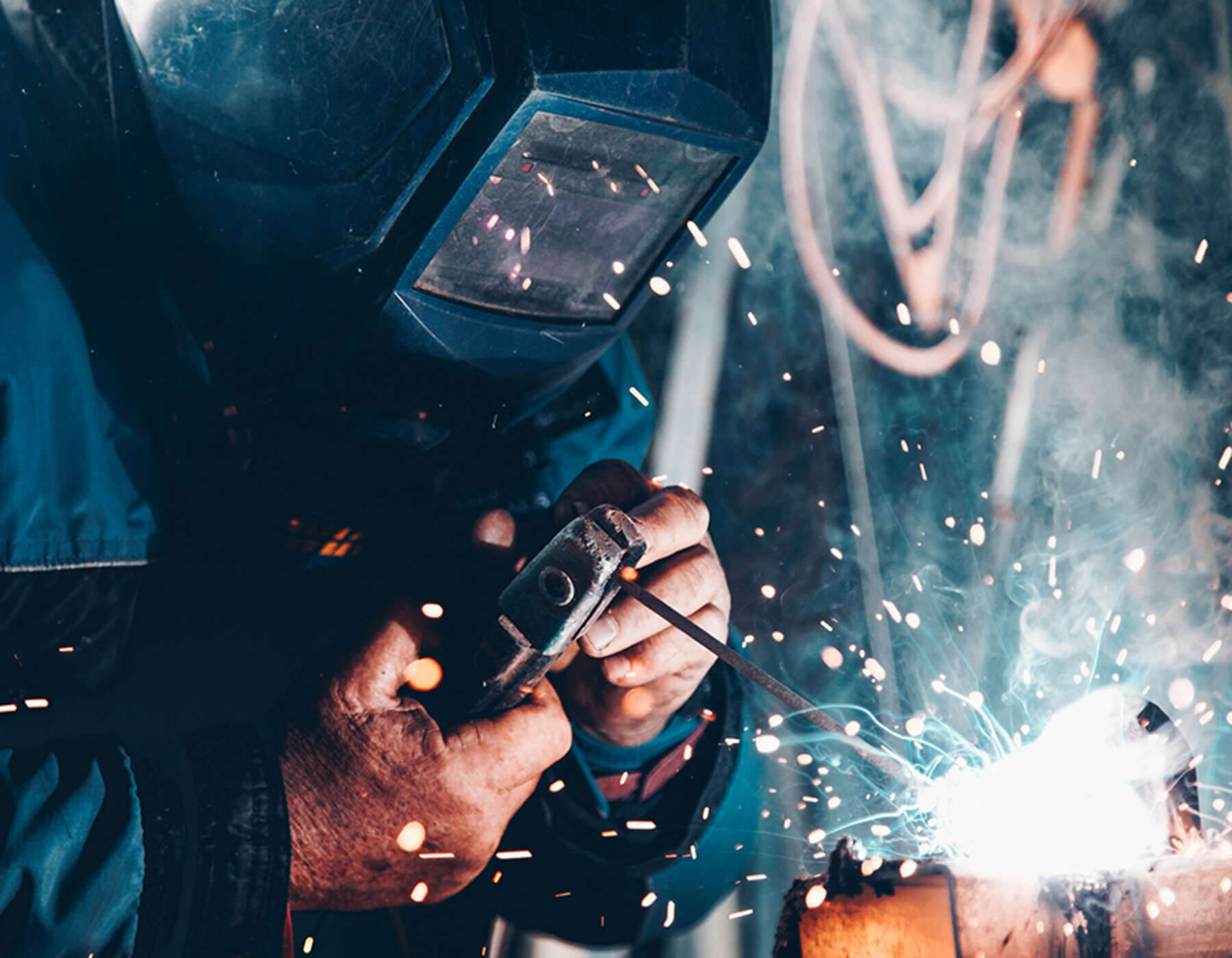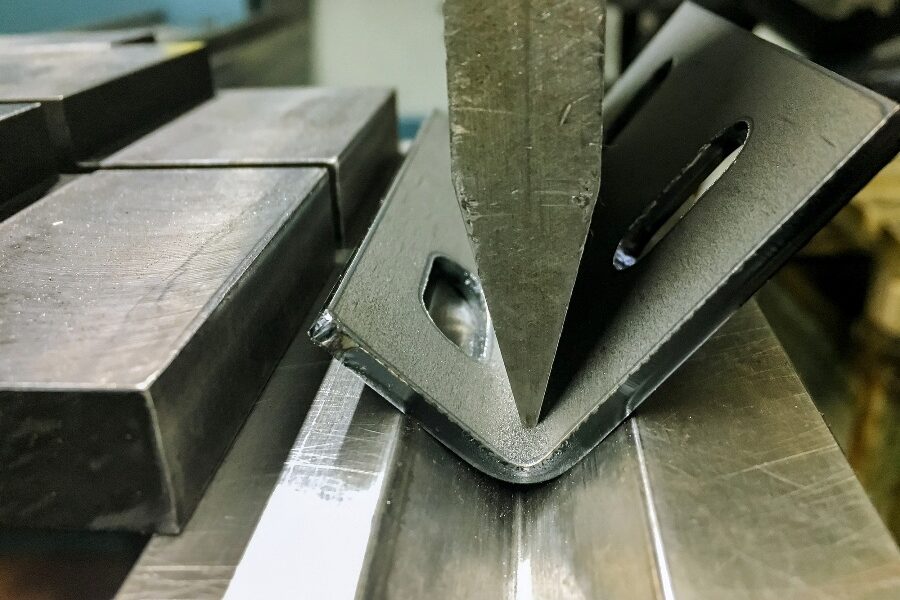
For facility and building managers everywhere, we know that HVAC systems are a significant part of your building’s heating and cooling structure and involve sheet metal fabrication to ensure their success.
However, we also understand that transforming sheet metal into ductwork components and equipment housing is an intricate fabrication process.
That’s why, from identifying the right material, gauge sizes, and the various fabrication techniques required – such as cutting, forming and shaping, and assembly – we offer it all.
HVAC ductwork and complete systems all vary in size and complexity depending on the setting in which they’re placed.
However, in their basic form, they all require component parts such as piping, casing and housing, vents, ductwork, and air handling units – and this is where the process of HVAC sheet metal fabrication comes in.
HVAC Sheet Metal Explained
HVAC systems are primarily found in commercial and industrial buildings, providing areas with robust and durable heating and cooling systems.
In order for these systems to run efficiently, manufacturers use fabricated sheet metal to support a direct path from the system to the air vents, with all parts working seamlessly together so that they function correctly.
Parts can be customised around sharp corners, and behind pipes, with everything cut and shaped precisely to meet set specifications. This helps to reduce the need for additional pipes and fittings, reduce energy consumption, lower bills, and prolong the life of the HVAC unit.
Ductwork is the main component manufactured using sheet metal, purposely fabricated for the system – easy to install, strong, durable, energy-efficient, and able to withstand the elements and various temperature ranges.
All HVAC systems must meet stringent safety regulations and guidelines, be energy efficient, and support the effective distribution of airflow throughout the building.
HVAC Sheet Metal
For HVAC systems, sheet metal must be durable and corrosion-resistant, allowing it to withstand the test of time and provide continued optimal performance.
The chosen sheet metal material should also be suitable to integrate seamlessly with current systems to help businesses and facility managers keep costs to a minimum while improving and upgrading systems.
Sheet metal material:
Aluminium – corrosion resistant, lightweight, reliable, and easy to install, aluminium is the most common material for HVAC systems.
Galvanised steel – rust resistant (when zinc coated), steel can be customised to any shape and system specification, protecting against air loss, minimising air flow, and hence lowering energy bills.
Stainless steel – cost-effective and strong, stainless steel has a high resistance to moisture and corrosion.
Customised sheet metal products that fit into your HVAC systems perfectly can help maximise airflow in the system, which minimises energy waste.
Other benefits of sheet metal for HVAC systems include:
- Durability
- Fire resistant
- Customisable
- Can be fabricated in large quantities
- Cost-effective
HVAC systems require regular maintenance and checks to ensure that dust and debris don’t build up and that the systems continue to provide optimal performance and energy efficiency.
Process of HVAC Sheet Metal Fabrication
The process of HVAC fabrication includes:
Cutting and forming – measured, marked out, and meeting precise and specified measurements- specialist cutting and forming allows professional fabricators to match sheet metal to the intended design perfectly. Cutting techniques include laser cutting, plasma cutting, water jet cutting, CNC machining, and more.
Shaping – shaping sheet metal into precise designs includes using techniques such as bending, stamping, and drilling.
Forming – the fabrication process of forming involves notching, flange forming, and pneumatic mounting.
Assembling – fitting all the fabricated parts together. The assembly stage ensures that each part and product works as it should when assembled. It’s at this stage where you’re able to check if any adjustments or changes have to be made. Assembly involves joining parts together through welding, strong adhesives, rivets, and fasteners.
Sealing and finishing – ensuring parts are structurally sound and aesthetically pleasing, sheet metal contractors will implement a series of finishes to create the final product using techniques such as blasting and powder coating, with metal primed to meet all specifications.
Why opt for sheet metal fabrication for HVAC systems
Sheet metal fabrication:
- Allows for a complete and customised HVAC system
- Can match any existing ductwork
- Is available in various materials to match system components
- Quality control guaranteed
- Used to manufacture new parts to enhance or repair systems
- Saves money as you achieve efficient airflow
- Resistant to damage and corrosion
- Ensures best fit and function.
Sheet Metal Fabricators
Sheet metal works specifically designed for HVAC systems require skilled and experienced fabricators who have knowledge of CAD software, as successful production is all about attention to detail.
At Morfab, we specialise in sheet metal fabrication, producing high-quality products that meet all specifications and requirements.
Our engineering and fabrication team is experienced and knowledgeable in all aspects of fabrication, using the best techniques and the latest technology to produce the right and most appropriate solutions for our customers.
To learn more about our processes and how we can support you, call a member of our team on 0191 816 2718 or email your requirements to info@morfabrication.com, and we’ll be in touch.

